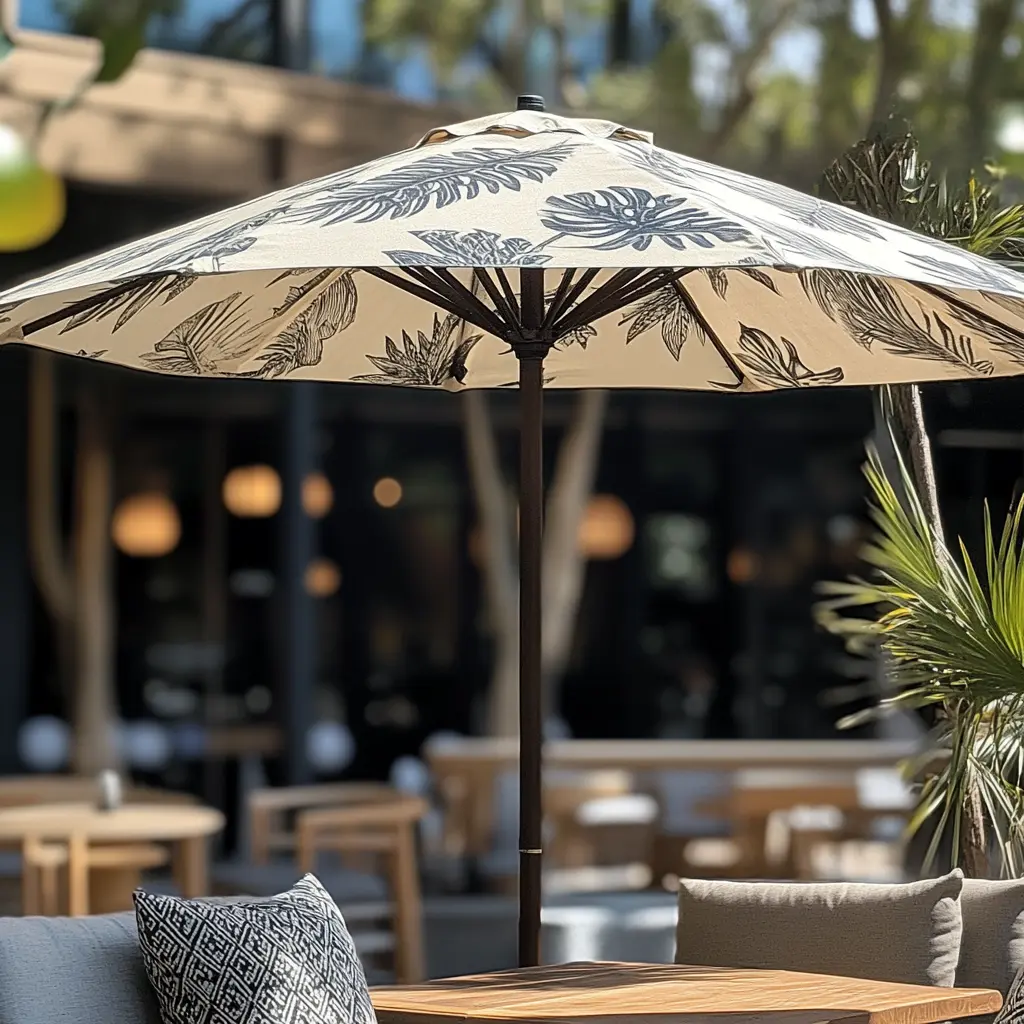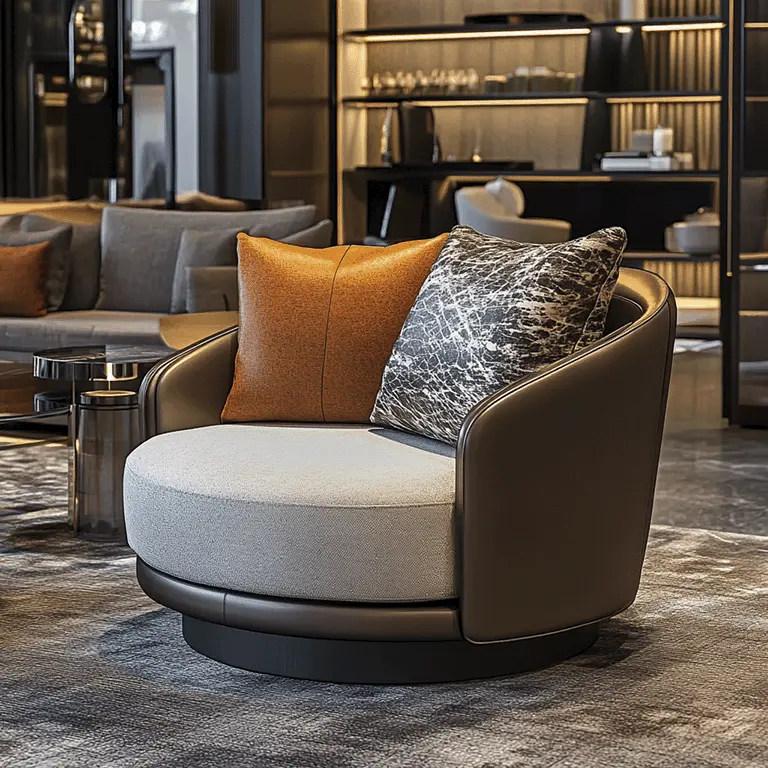Latex printing that can do more than just look good.
In the fast-paced world of trade fairs, retail and event marketing, latex printing offers a ground-breaking solution for vibrant, functional and environmentally friendly foil- and textile prints. High quality, water-based, innovative.
Book a personal consultation
The advantages of latex printing at a glance
Latex printing has undergone a development in recent years that has raised the standards in this area to a new level. This development - especially with regard to sustainability aspects - has led to us now also offering you latex prints on PET material.
Your benefits
- Water-based inks without volatile solvents
- Brilliant colors and razor-sharp images
- Odorless as no air pollutants (HAPs) are released
- Suitable for indoor and outdoor use
- Suitable for roll materials and a wide range of wallcoverings, frontlit fabrics, mesh and SK films

Sustainability - textile printing with responsibility
Sustainability is no longer an additional benefit in professional textile printing - it's standard. This is exactly where modern latex printing on textiles comes in, combining technical performance with environmental awareness.
Modern latex inks consist of around 65% water - this ensures a low-emission, safe printing process without any harmful substances.
Up to 2,900 PET bottles, for example, per roll are recycled for our printable fabrics - 100% PVC-free and resource-saving.
By optimizing materials, we save up to 48% of energy during transport and production.
Printing technology - How latex printing works
The printing technology is based on water-based latex inkwhich is free from harmful solvents. The special feature: The inks are odorless, scratch-resistant and retain their brilliance even under heavy use. Only a minimal amount of volatile substances evaporate during the printing process - a clear advantage in sensitive areas such as retail, events or interior design. Thanks to their slight elasticity, latex prints are less susceptible to color breakage or mechanical stress. The results: durable, weather-resistant and color-intensive textile prints for any application in a professional environment.
Get your brand on the road.
Do you need advice on selecting materials or do you have any other questions about latex printing? Our experts are on hand with help and advice and always have ideas and solutions for your projects.
Arrange a meeting now
Introduction to latex printing technology on textiles
Latex printing on textiles has established itself as a pioneering technology that combines brilliant printing results with environmental friendliness. This process uses water-based latex inks that are fixed by heat during the printing process. The result is durable, flexible and odorless prints that are ideal for use in sensitive indoor areas such as stores, trade fairs or events.
Latex printing advantages compared to other printing processes
Compared to traditional printing techniques such as UV direct printing, latex printing offers numerous advantages:
Versatility: Latex printing is ideal for rolled materials such as textiles, banners or wallpaper and enables high-quality printing on a wide range of substrates.
Elasticity of the prints: The slightly elastic nature of the latex ink makes the print more resistant to scratches and prevents color breaks when the material moves.
Environmentally friendly: Latex inks are water-based and contain no volatile solvents, which makes them less harmful to the environment and less harmful to health than UV-curing inks.
Odorless: Unlike some other printing processes, latex prints are odorless, which makes them particularly pleasant to use indoors.
Sustainability aspects of latex printing and environmental impact
Sustainability is playing an increasingly important role in the printing industry. Latex printing scores points here in several respects:
Water-based inks: Latex inks consist largely of water, which minimizes the emission of harmful volatile organic compounds (VOCs) and improves indoor air quality.
Energy efficiency: Although latex printing requires a heating system to dry the inks, progress has been made to reduce energy consumption. Nevertheless, the energy requirement remains an aspect that should be considered in comparison to other technologies such as UV LED printing.
Recyclability: The prints are recyclable and ecologically harmless, enabling environmentally friendly disposal.
Areas of application and diverse uses of latex printing on textiles
Printing textiles with latex opens up numerous application possibilities:
Exhibition stand construction: High-quality, large-format prints for exhibition stands that impress with their color brilliance and durability.
Retail: Individual store and shop window design with printed textiles that enhance the shopping experience.
Event: Attractive stage sets, banners and decorations that are odorless and quickly ready for use.
Interior design: Personalized living and business spaces with printed wallpaper, curtains or room dividers that create a unique ambience.
Tips for the care of latex-printed textiles
To ensure the longevity and quality of latex prints, the following care instructions should be observed:
Cleaning: Wipe with a soft, damp cloth. Do not use aggressive cleaning agents to avoid damaging the print surface.
Storage: Protect from direct sunlight and moisture to maintain color brilliance and material integrity.
Handling: During transportation, ensure that the printed surface is not bent or scratched in order to avoid damage.
Insight into the future prospects of latex printing in the textile industry
The future of latex printing in the textile industry is promising:
Technological developments: Advances in ink formulation and printing technology could further reduce energy consumption and increase the variety of materials.
Focus on sustainability: With growing environmental awareness, the need for environmentally friendly printing processes such as printing with latex will continue to increase.
New areas of application: Innovations such as smart textiles with embedded sensors are opening up additional applications for latex printing in areas such as wearable technology or the automotive and furniture industries.






